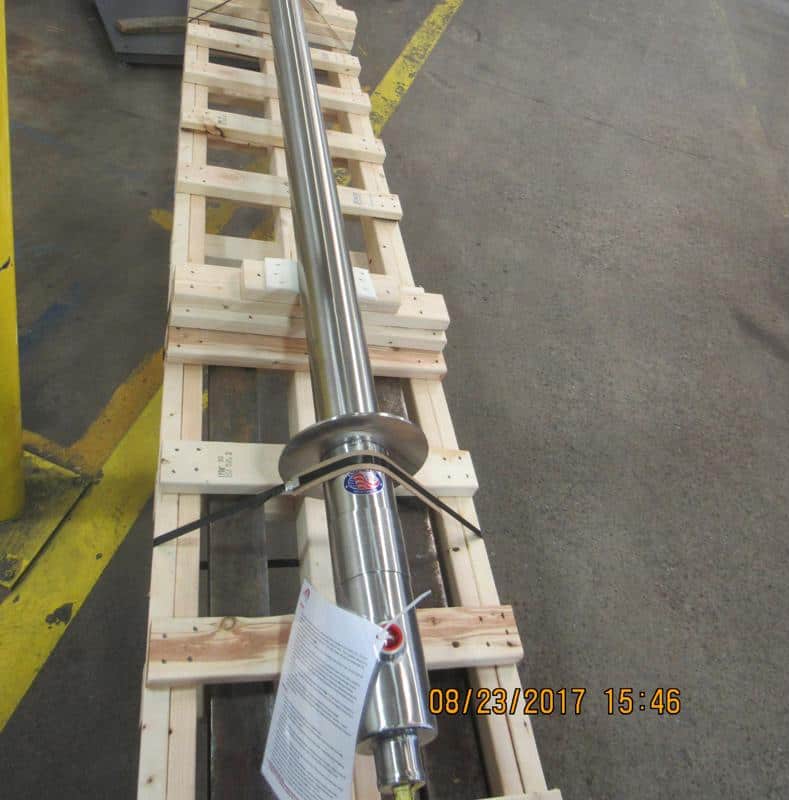Shell-Side Fluid Challenges: Increasing the Pressure Drop
Leave a CommentBefore fabricating a shell and tube heat exchanger, it must be carefully designed to ensure it’s as helpful as possible to the operation it will be integrated into. There are many considerations to account for. One critical factor is the pressure drop.
Pressure drop refers to loss of pressure throughout the journey a fluid takes within the heat exchanger. There’s a sweet spot for pressure drop, though that varies depending on what the heat exchanger will be used for, how it’s designed and the types of fluid that will be used.
In any shell and tube heat exchanger, there is a maximum allowable pressure drop. The engineer’s goal should be to get as close as possible to that measurement without going over it. In many cases, that means taking steps to reduce pressure drop, but in others, steps may need to be taken to increase it, Satyendra Kumar Singh wrote in an article for Process Worldwide.
In general, higher velocities lead to higher pressure drops. Therefore, when the pressure drop is too high, the designer should find ways to limit the flow rate of fluids. In other cases, when the pressure drop is well below the allowable maximum, it’s an indication that velocity could be increased, and that the heat exchanger may not be reaching its full heat transfer rate potential. In other words, when there’s still room to meet the maximum allowable pressure drop, the designer may be able to work to increase velocity to improve the unit’s effectiveness.
“Higher velocities lead to higher pressure drops.”
Increasing shell-side pressure drop
Pressure drop is related to the flow rate of the fluids within the shell and tube heat exchanger. Therefore, to increase the pressure drop to ensure the exchanger is as efficient as possible, the designer may take measures to allow for greater shell-side velocity.
Choose a smaller shell
A smaller shell diameter can increase the flow rate of the shell-side fluid. Shell and tube heat exchangers can be built to be fairly small, so it’s possible for a custom built unit to maximize shell-side velocity. However, it’s important to be aware of how adjusting the size of the shell will impact tube-side pressure drop. Too small of a shell can cause the tube-side fluid to flow too quickly and surpass the maximum allowable pressure drop.
Adjust baffle spacing and cut
Baffle spacing plays an important role in fluid flow rate. These metal plates direct the path and control the speed of flow. Placing them closer together can cause the fluid to travel more quickly, increasing the pressure drop as well as the heat transfer rate, according to National Programme on Technology Enhanced Learning, a technology education initiative in India. Again, there are limitations. Baffles should be spaced at least 2 inches apart in exchangers that have a shell inside diameter of 10 inches. In larger shells, baffle spacing should be a minimum of one-fifth of the shell inside diameter.
Use the right tube configuration
Because the tube bundle impacts the shell-side flow direction and speed, various tube configurations can affect pressure drop. Tubes arranged in a triangular pattern rather than square allow for faster velocity, and can also contribute to a stronger tube bundle construction, according to John E. Edwards’ “Design and Rating Shell and Tube Heat Exchangers”. However, this arrangement makes cleaning the shell more challenging, so these are most commonly used for exchangers where chemical cleaners will be primarily used on the shell-side.
Pressure drop challenges are commonly related to too high a flow rate for the equipment, but there are instances where engineers must work to increase velocity and pressure drop to ensure a highly efficient shell and tube heat exchanger. The engineers at Enerquip are excellent at problem-solving and can work with your team to create an effective heat exchanger that meets your needs. Reach out today to begin discussing your heat exchange challenges.

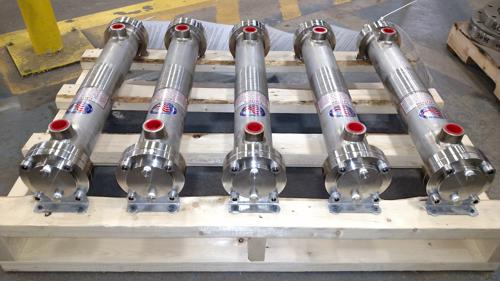
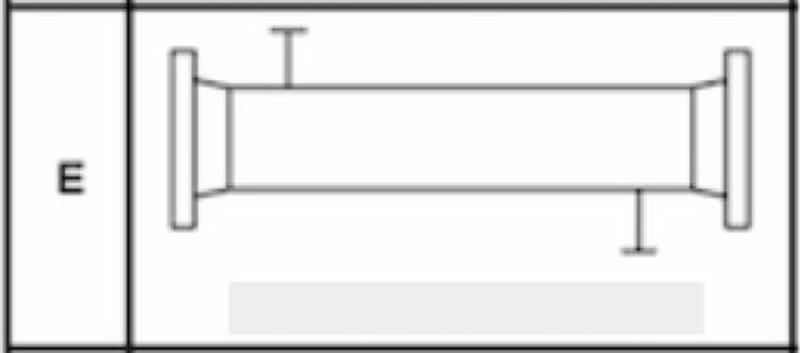
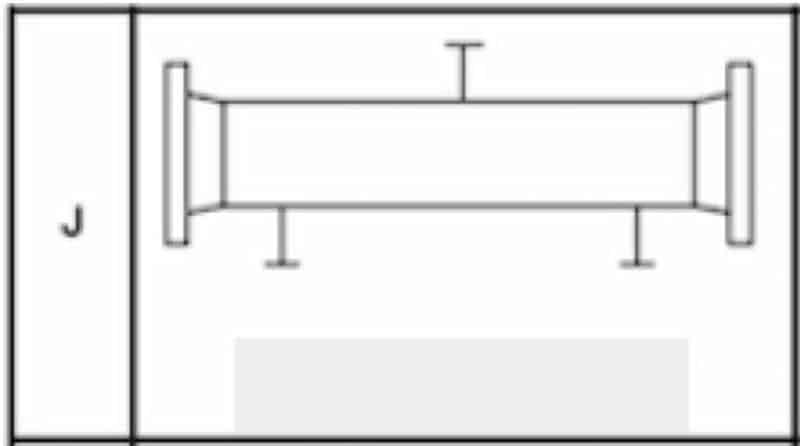
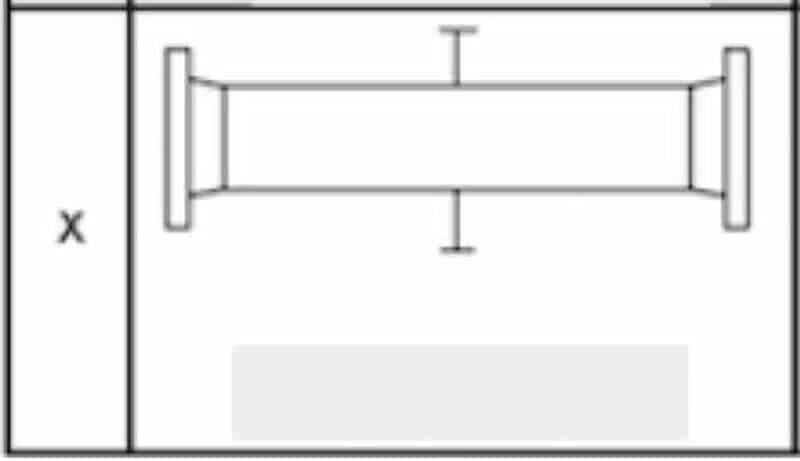
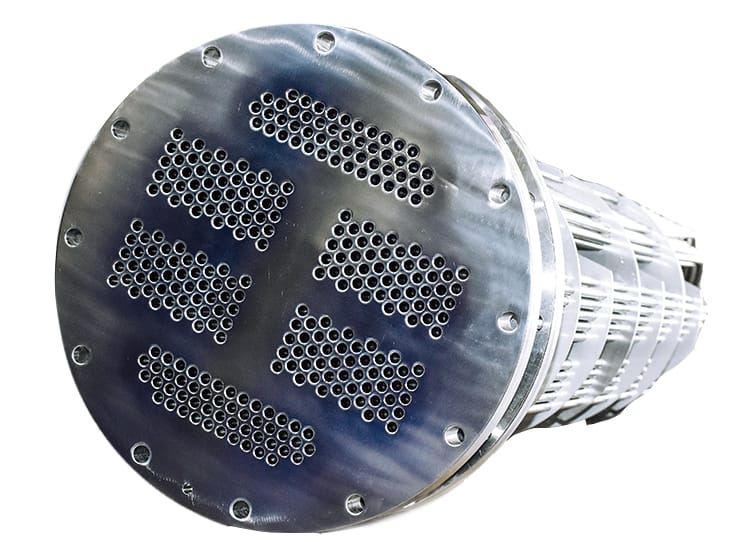

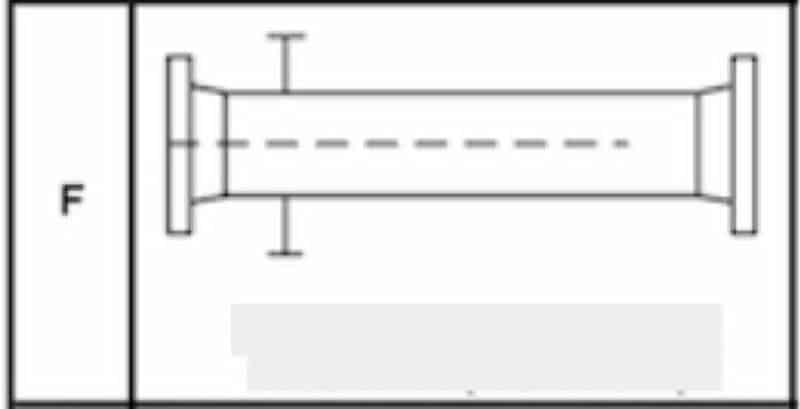
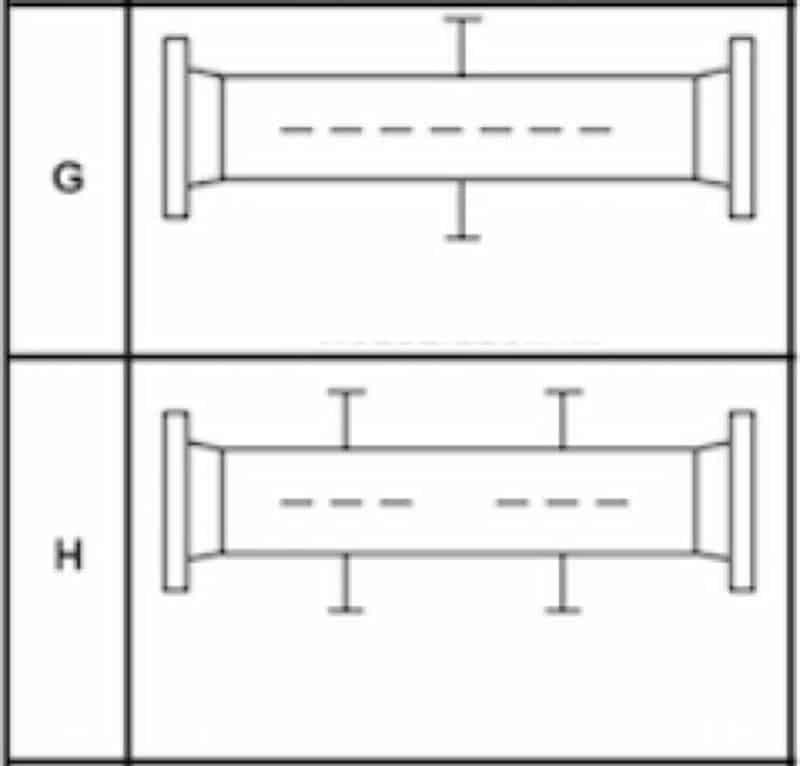
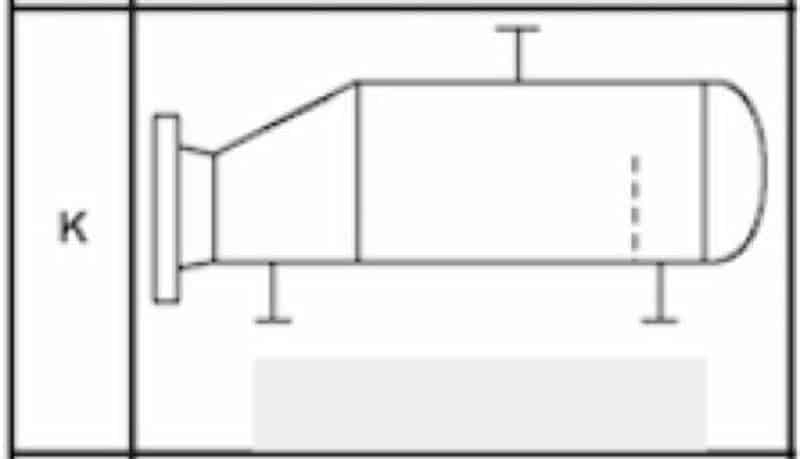
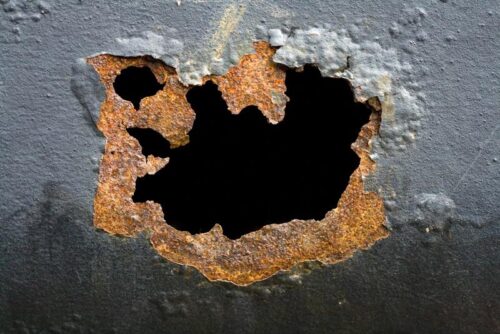 If you’re working with corrosive fluids, it’s important to minimize their effect on the shell and tube heat exchanger. This starts with
If you’re working with corrosive fluids, it’s important to minimize their effect on the shell and tube heat exchanger. This starts with 